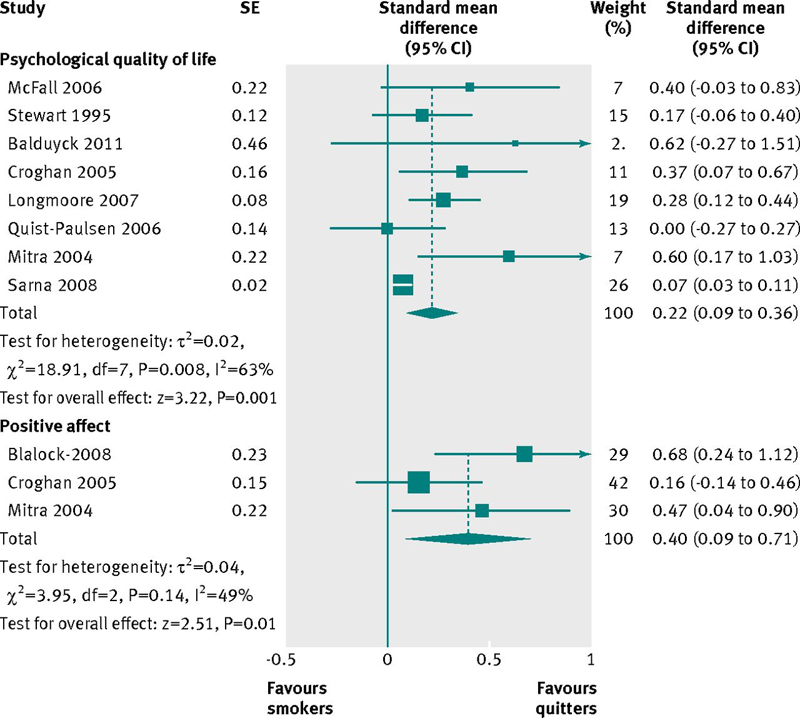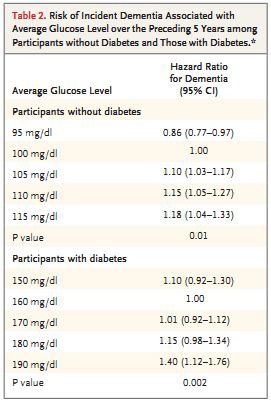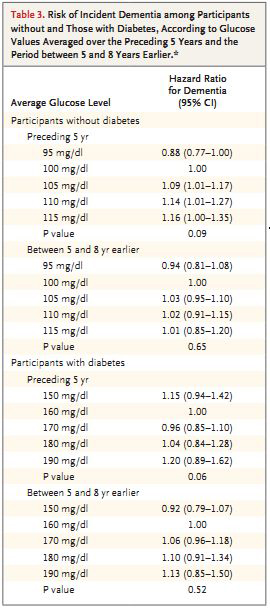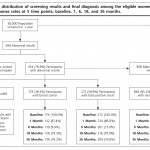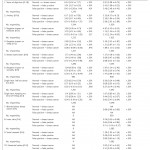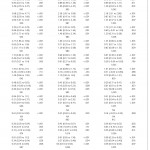― 文献名 ―
John P. Christodouleas, M.D., M.P.H., Robert D. Forrest, C.H.P., Christopher G. Ainsley, Ph.D., Zelig Tochner, M.D., Stephen M. Hahn, M.D., and Eli Glatstein, M.D. N Engl J Med 2011; 364:2334-2341
― この文献を選んだ背景 ―
Many foreigners asked me about Fukushima nuclear accident when I attended in WONCA 2013 in june this year. Their questions were mainly about the present situation, risks of health problems, contamination of seawater, and what we are doing for the situation. To none of them, I couldn’t answer clearly. It is true that we don’t have enough information about this problem, but I realize that I must learn more about this problem as a health care provider, and as a Japanese.
― 要約 ―
MECHANISMS OF EXPOSURE
Reactor Accidents and the Release of Radioactive Materials
In the event of an accident, the primary concern is that the support structure (core) containing the fuel and the fission products may become damaged and allow radioactive elements to escape into the environment. When the core cooling system damaged, the reactor core and even the fuel itself can partially or completely melt, which results in explosions within the reactor, dispersing radioactive material.
In the partial meltdown at Three Mile Island, a minimal amount of radiation was released, has not yet led to identifiable health effects. On the other hand, in Chernobyl, the explosions and the subsequent fire sent a giant plume of radioactive material into the atmosphere, resulted in 28 deaths related to radiation exposure in the year after the accident. The situation at Fukushima will probably end up ranking between these two historical accidents in terms of radiation releases and health consequences.
Types of Radiation Exposure
Human radiation exposure as a result of reactor accidents is generally characterized in three ways: total or partial body exposure as a result of close proximity to a radiation source, external contamination, and internal contamination. Internal contamination occurs when fission products are ingested or inhaled or enter the body through open wounds. This is the primary mechanism through which large populations around a reactor accident can be exposed to radiation.
Reactor accidents can release a variety of radioisotopes into the environment. The health threat from each radioisotope depends on an assortment of factors ( e.g., half-life , gaseous, substantial quantities , tendency to settle on the ground) . The release of radioactive water into the sea at the Fukushima plant has resulted in an additional route whereby the food chain may be affected, through contaminated seafood.
CLINICAL CONSEQUENCES OF RADIATION EXPOSURE
Type of Radiation and Dose Rates
At a molecular level, the primary consequence of radiation exposure is DNA damage. The clinical effect of radiation exposure will depend on numerous variables, including the type of exposure, the type of tissue exposed, the type of radiation, the depth of penetration of radiation in the body, the total absorbed dose, and the period over which the dose is absorbed (dose rate). The literature on radiation refers to dose in terms of both gray (Gy) and sievert (Sv). Radiation exposure can potentially result in short-term and long-term effects in every organ system in the body. Comprehensive reviews of the literature on radiation exposure have been produced by the International Atomic Energy Agency and the World Health Organization.
Acute Radiation Sickness and Its Treatment
When most or all of the human body is exposed to a single dose of more than 1 Gy of radiation, acute radiation sickness can occur. Much of our understanding of acute radiation sickness is based on the clinical experience of more than 800 patients who have been described in national and international registries of radiation accidents, and all 134 patients with confirmed acute radiation sickness at Chernobyl were either plant workers or members of the emergency response team.
Much of the short-term morbidity and mortality associated with a high total or near-total body dose is due to hematologic, gastrointestinal, or cutaneous sequelae. In the Chernobyl accident, all 134 patients with acute radiation sickness had bone marrow depression, 19 had widespread radiation dermatitis, and 15 had severe gastrointestinal complications. Hematologic and gastrointestinal complications are common because bone marrow and intestinal epithelium are especially radiosensitive as a result of their high intrinsic replication rate. Cutaneous toxic effects are common because external low-energy gamma radiation and beta radiation are chiefly absorbed in the skin. If total body doses are extremely high (>20 Gy), severe acute neurovascular compromise can occur. Acute radiation sickness can be categorized into three phases: prodrome, latency, and illness. (see Signs and Symptoms of Acute Radiation Sickness in the Three Phases after Exposure.)
The first step in the care of any patient who is exposed to radiation is to manage immediate life-threatening injuries, such as those from trauma or burns. The next step is to address external and internal radiation contamination, if any. Decontamination protocols are available from several sources. Once these issues have been addressed and acute radiation sickness is suspected, treatment is guided by the estimated total dose, which is determined on the basis of the initial clinical symptoms, lymphocyte depletion kinetics, and cytogenetic analyses, when available.
Patients with modest whole-body doses (<2 Gy) may require only symptomatic support for nausea and vomiting. In patients with whole-body doses of more than 2 Gy, the treatment of the consequences of bone marrow depletion is paramount. Strategies include management of infections with antibiotics and antiviral and antifungal agents, the use of hematopoietic growth factors, and possibly bone marrow transplantation. The use of bone marrow transplantation is controversial, since outcomes after radiation accidents have been poor. After Chernobyl, only 2 of the 13 patients who underwent bone marrow transplantation survived long term. Among the 11 patients who died, complications from transplantation appeared to be the primary cause of death in 2 patients. Gastrointestinal radiation sequelae are managed with supportive care and possibly with the use of prophylactic probiotics. Cutaneous radiation injuries may evolve over the course of weeks. Treatment of such lesions involves minimizing acute and chronic inflammation with topical glucocorticoids while avoiding secondary infections. Several organizations have developed detailed treatment algorithms for acute radiation sickness that are publicly available.
Increased Long-Term Cancer Risks
In the region around Chernobyl, more than 5 million people may have been exposed to excess radiation, mainly through contamination by iodine-131 and cesium isotopes. Although exposure to nuclear-reactor fallout does not cause acute illness, it may elevate long-term cancer risks. Studies of the Japanese atomic-bomb survivors showed clearly elevated rates of leukemia and solid cancers, even at relatively low total body doses. However, there are important differences between the type of radiation and dose rate associated with atomic-bomb exposure and those associated with a reactor accident. These differences may explain why studies evaluating leukemia and nonthyroid solid cancers have not shown consistently elevated risks in the regions around Chernobyl.
However, there is strong evidence of an increased rate of secondary thyroid cancers among children who have ingested iodine-131. Factors that increase the carcinogenic effect of iodine-131 include a young age and iodine deficiency at the time of exposure.
In accidents in which iodine-131 is released, persons in affected areas should attempt to minimize their consumption of locally grown produce and groundwater. However, since the half-life of iodine-131 is only 8 days, these local resources should not contain substantial amounts of iodine-131 after 2 to 3 months. On the advice of public health officials, area residents may take potassium iodide to block the uptake of iodine-131 in the thyroid. To be most effective, prophylactic administration of potassium iodide should occur before or within a few hours after iodine-131 exposure. The administration of the drug more than a day after exposure probably has limited effect, unless additional or continuing exposure is expected.
CONCLUSIONS
Because nuclear-reactor accidents are very rare events, few medical practitioners have direct experience in treating patients who have been exposed to radiation or in the overall public health response. Organizations that could be involved in either activity — because of their proximity to a power plant or their role in the health system — must put detailed algorithmic response plans in place and practice them regularly. A critical component of the response, with respect to both treatment of individual patients and interaction with the community, is clear communication about exposure levels and corresponding risk, with an eye toward widespread public apprehension about acute radiation sickness and long-term cancer risks.
― 考察とディスカッション ―
We haven’t had many studies on this issue yet. The real amount of radioisotopes are still unclear, investigations are ongoing. So it’s not easy to practice EBM on this problem. But as a family physician, we have some methods to approach people there, for example, practicing PCCM and “being there”. At the same time, we should have knowledge about symptoms of radiation exposure and about prophylaxis of clinical consequences.
開催日:平成25年11月6日
